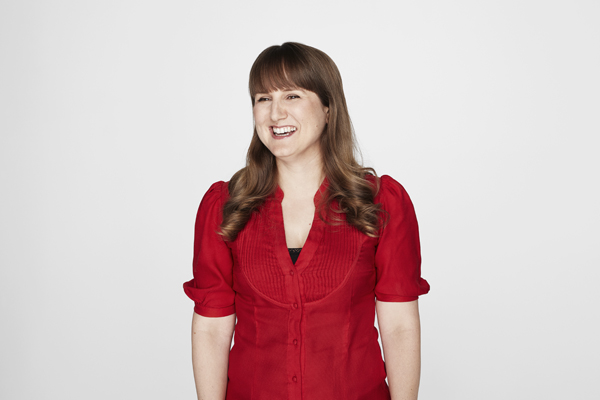Achieving better patient outcomes
Better patient outcomes usually come down to great communication. Not assuming anything, being clear, empathetic, and speaking in layman's terms. But, the challenge increases for eye health practitioners.
With 55 per cent of meaning communicated through body language, and only seven per cent through spoken word, it is imperative health professionals maximise their communication skills for blind and low vision patients.












